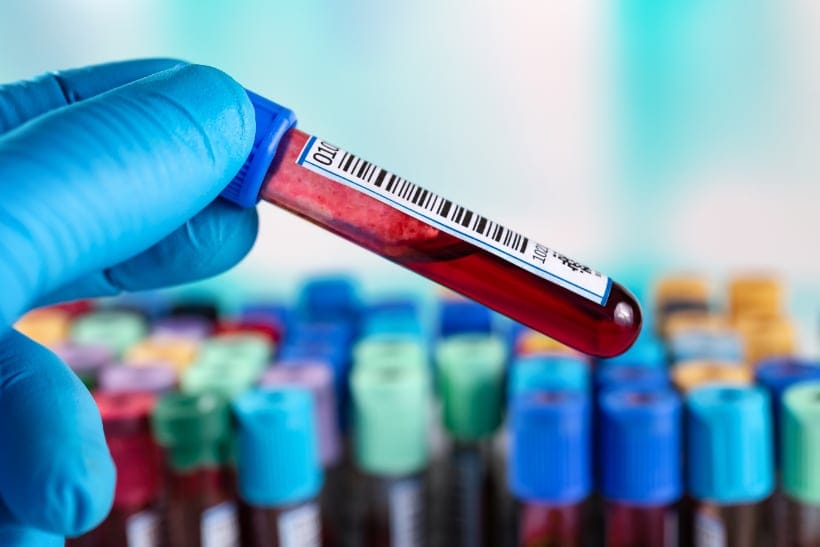By Dr Megha Agarwal
With an increasing number of interventional procedures performed using the radial artery as an access site, preserving the radial artery for future requirements e.g., further procedures, haemodialysis, and increasingly, coronary artery bypass grafting, is important. Clinicians should be performing the Allen test to assess arterial blood supply to the hand pre-procedure, but Hammami, who presented the RIVARAD trial results at Transcatheter Cardiovascular Therapeutics1, noted that up to 56% of operators do not assess radial artery patency prior to patient discharge2.
Methods: In the RIVARAD study, 538 patients (68% men) who were undergoing coronary angiography +/- percutaneous coronary intervention (PCI) via the radial artery were randomised to either 7 days of rivaroxaban 10mg post procedure + standard care, or just standard care. This included use of unfractionated heparin during the procedure, and single or dual antiplatelet therapy post-procedure, meaning that some patients would be on triple therapy (DAPT + rivaroxaban) for a week. A manual compression band was used to achieve haemostasis (NB. Not patent haemostasis3, which is recommended to reduce occlusion rates4) at the end of the procedure once the introducer sheath was removed.
Findings: Radial artery occlusion (diagnosed by ultrasound at 30 days) occurred in 6.9% of those in the “anticoagulation + standard care” arm, and 13.0% in the “standard care” arm. This was significant with a 95% CI of 0.27-0.91. There was a non-significant trend towards a higher rate of bleeding in the rivaroxaban group (2.7% vs 1.9%, p=0.54, CI 0.4-4.5)
Food for thought…
- This study already pre-selected a patient population by excluding those with a high bleeding risk
- An increased likelihood of radial artery occlusion was seen in women, smokers and those who underwent a transradial procedure in the past. Therefore, should we be selecting only those with a high occlusion risk and low bleeding risk? Can a scoring system be developed?
Finally, if radial artery occlusion does occur, what is the treatment? Roy et al5 described a case series suggesting that apixaban may help resolve radial artery occlusion in addition or as an alternative to currently recommended strategies such as ipsilateral ulnar artery compression or anticoagulation with low molecular weight heparin4.
Read more at:
- TCT MD. Prevention of Radial Artery Occlusion With Rivaroxaban After Transradial Coronary Procedures: The RIVARAD Multicentric Randomized Trial [Internet]. TCT MD; [updated 2022 September 19; cited 2022 September 26]. Available from: https://www.tctmd.com/slide/prevention-radial-artery-occlusion-rivaroxaban-after-transradial-coronary-procedures-rivarad
- Phend, C. Brief Anticoagulation Preserves Radial Artery After Catheter Access. [Internet]. MedPage Today; [updated 2022 September 20; cited 2022 September 26]. Available from: https://www.medpagetoday.com/meetingcoverage/tct/100816
- Neale, T. RIVARAD: Rivaroxaban a Possible Solution to Radial Artery Occlusion. [Internet]. TCT MD; [updated 2022 September 21; cited 2022 September 26]. Available from: https://www.tctmd.com/news/rivarad-rivaroxaban-possible-solution-radial-artery-occlusion
- Pitta S, Sharma R. Radial Artery Occlusion After Transradial Cardiac Catheterization: Tips on Prevention and Management. [Internet]. SCAI; [updated 2018 January 22; cited 2022 September 26]. Available from: https://scai.org/radial-artery-occlusion-after-transradial-cardiac-catheterization-tips-prevention-and-management
- Roy S, Choxi R, Wasilewski M, Jovin IS. Novel oral anticoagulants in the treatment of radial artery occlusion. Catheter Cardiovasc Interv. 2021 Nov 15;98(6):1133-1137. doi: 10.1002/ccd.29771. Epub 2021 May 14. PMID: 33989459. Available from: https://pubmed.ncbi.nlm.nih.gov/33989459/

